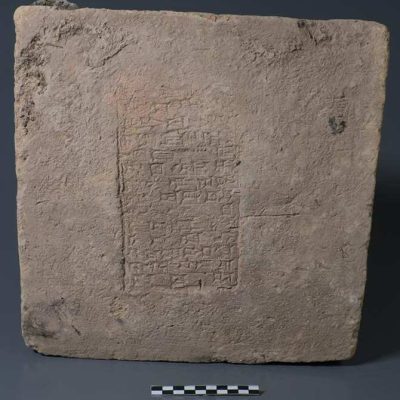In a groundbreaking discovery, archaeologists from Oregon State University have uncovered 13 stone projectile points in Cooper’s Ferry, Idaho, that could be up to 16,500 years old. The points bear a striking resemblance to the iconic Clovis points, which were previously thought to be the oldest evidence of human habitation in North America. The discovery pushes back the timeline of human habitation in the Americas by at least 3,000 years and suggests that the first cultures in North America had the knowledge to create hafted stone points long before the Clovis culture emerged.
The Clovis culture was the first widespread prehistoric culture in North America, producing distinctive spear points made from flint. The narrow, bifacial points were ideal for use as spearheads and featured a flattened base that made them easy to attach to a wooden shaft. However, the recent discovery of the Cooper’s Ferry points shows that similar technology existed in North America long before the Clovis culture emerged. The points were found in the deepest excavation layer at Cooper’s Ferry and were produced using the same technique as the Clovis points.
The discovery of the Cooper’s Ferry points sheds new light on the earliest human cultures in North America and suggests that the technology for creating hafted stone points may have originated in the northwest Pacific region. The points bear a striking resemblance to stone points produced by the pre-Jomon culture in Japan, which dates back to around 15,000 years ago. This suggests that the first inhabitants of North America may have come from Siberia and traveled across the Bering Strait before making their way down the Pacific coast.










